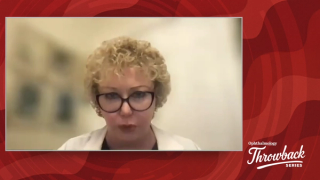
Clinical Diagnosis
Latest News
Latest Videos

CME Content
More News

Ophthalmologists weigh in on evolving diagnostic tools, emerging therapies, and practical approaches for managing today’s most challenging ocular-surface cases.

Ophthalmologists weigh in on how the extended-duration therapy may reduce treatment burden for patients with wet age-related macular degeneration.

Surgeons reflect on milestones that have redefined patient care—and share a glimpse of the advances that promise to shape the next era of eye health.
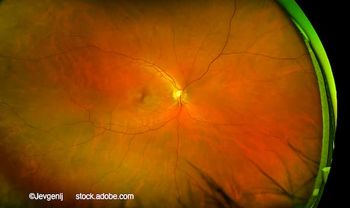
Harpal Sandhu, MD, FRCSC, discusses the preclinical performance of XPK-640 and how Optigo’s hyaluronic acid-anchoring platform may reshape dosing expectations in retinal disease.
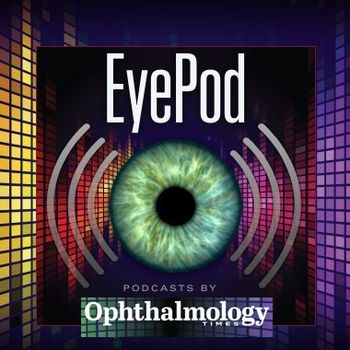
Tsu Shan Chambers shares how the film "My Eyes" uses authentic storytelling to raise awareness of inherited eye disease and the importance of preventive vision care.

Marking 5 decades of Ophthalmology Times, clinicians share the innovations that defined their training, shaped patient outcomes, and continue to push the field ahead.

Host Deborah Ristvedt, DO, is joined by Marguerite B. McDonald, MD, FACS, to discuss her journey with pioneering contributions to ophthalmology, patient-centered care, leadership, and guidance for the next generation.

The addition comes as the company accelerates development of its long-acting anti-VEGF program and advances its HA-binding platform.

Tsu Shan Chambers, optometrist and filmmaker, blends clinical insight and storytelling to highlight preventable vision loss, retinitis pigmentosa, and the power of ability over disability in her socially conscious film.

Clinicians discuss how the treatment compares with epi-off cross-linking, what may shape adoption, and how patient outcomes could improve.
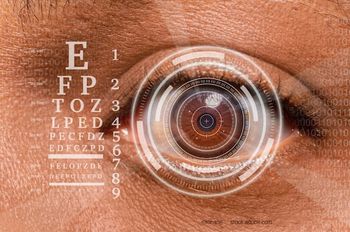
Ophthalmologists discuss topography-guided techniques, long-term corneal health, and emerging technologies set to transform refractive surgery.

Specialists discuss diagnostic technologies, treatment strategies, and research that are improving outcomes for young patients.

Emerging devices, wearable technology, and home-monitoring tools are reshaping how clinicians diagnose, treat, and manage patients.

Surgeons weigh in on emerging surgical technologies, premium lens trends, and strategies to optimize patient satisfaction and safety.
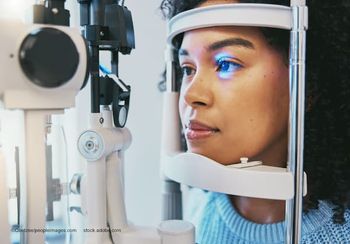
From MIGS integration to remote monitoring and next-generation therapeutics, glaucoma specialists explore how new approaches are redefining patient outcomes.
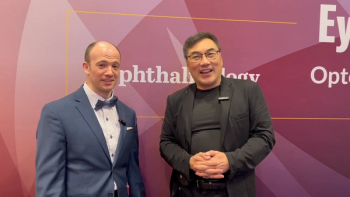
Andrew G. Lee, MD, and Drew Carey, MD, discuss the case of a patient with persistent papilledema after brain tumor resection due to superficial siderosis.
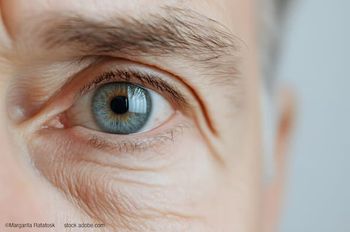
As a US clinical investigator, Wiley shares his insights on the FineVision HP trifocal lens, highlighting patient visual outcomes, satisfaction, and its impact on cataract surgery practice.
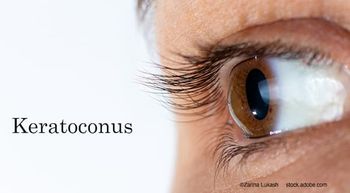
Chiu discusses factors affecting adoption of the FDA-approved epi-on therapy, from clinic setup to insurance coverage, while highlighting its safety and efficacy.

The decision follows results from the Phase 3 STAR trial, among the largest global studies of low-dose atropine in pediatric myopia.

Innovations in surgery, biologics, and AI are shaping the future of eye aesthetics.
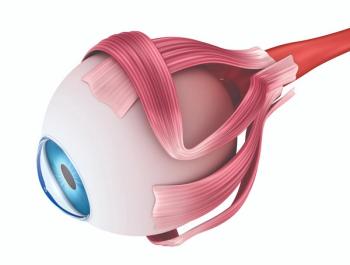
How pupil modulation and pharmacologic targeting shape near vision outcomes.
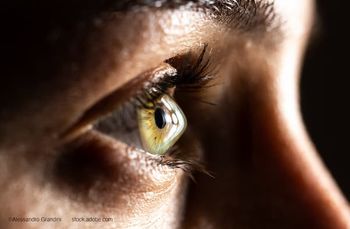
Rajpal shares his perspectives on the newly FDA-approved treatment, clinical benefits, and its potential impact on keratoconus management.
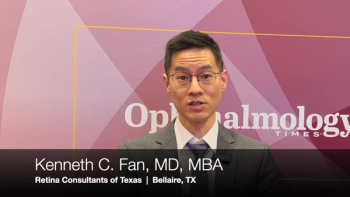
Phase 2 STARLIGHT study participants, particularly those with the macular phenotype, experienced meaningful gains in visual acuity at 48 weeks.
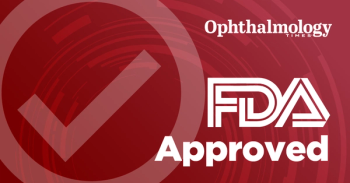
The incision-free therapeutic for keratoconus is expected to be commercially available in early 2026, according to the company.

Bedrood describes improved visualization of the ciliary body, efficient setup, and favorable postoperative outcomes.




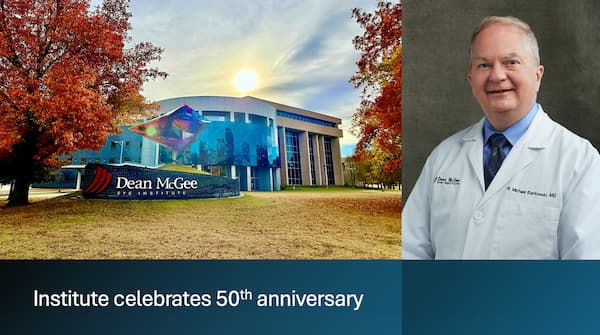

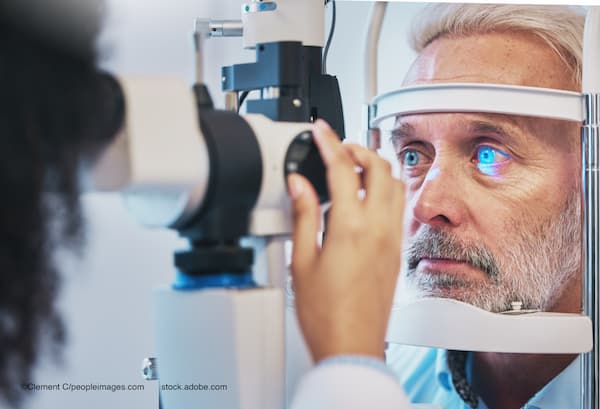

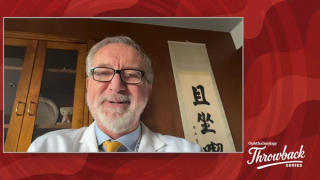
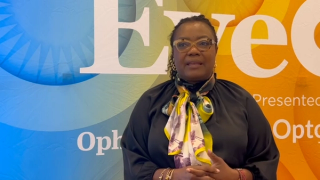
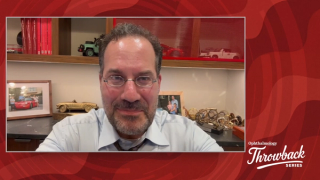
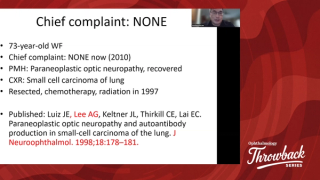
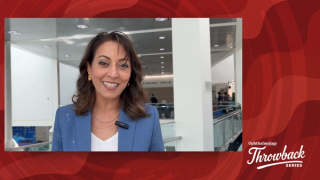

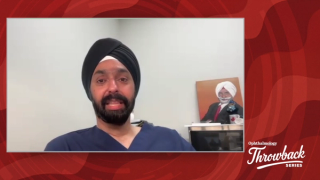








































.png)


